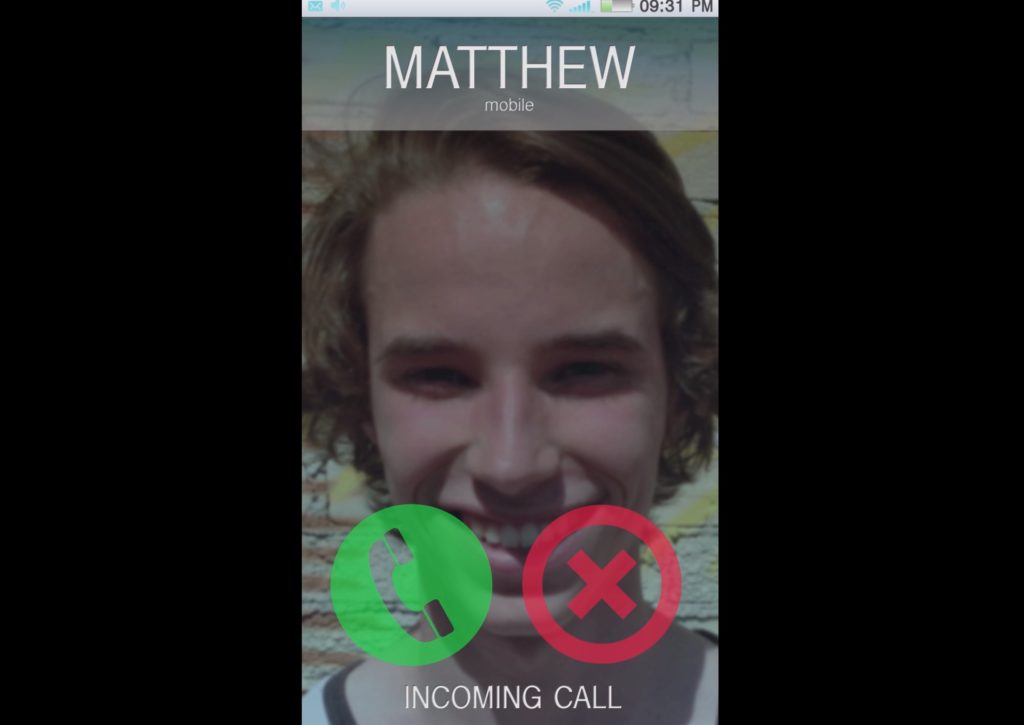The short horror flick “Vinyl” illustrates a number of classic horror film techniques: isolated protagonist, flickering candles, in-your-face close-ups. But perhaps director Harrison Nowak’s most powerful trick is quick cutting. In three and a half minutes, we get 50 cuts, which means that the average cut is 4.2 seconds. But averages can be deceiving. Close to half the cuts in “Vinyl” are on screen for under 2 seconds. That kind of quick cutting distorts reality. And when it comes to creating horror, twisting ordinary is a good thing.
You can see more of Nowak’s work on his YouTube channel.
Other Uses of Quick Cutting
Of course, quick cutting can be used in many other genres, not just horror. For example, in a travelogue, a stream of short cuts can convey the idea that the trip was filled to the brim with experiences. (Imagine 20 quick cuts of the Grand Canyon or Paris Streets.) In a commercial, quick cutting can amp up the excitement of using product. In a comedy, quick cutting can give a mad-cap feel to chases, pie-throwing, and other high-energy actions.
How to Create Short Cuts
While building a film out of short cuts can start with the cinematography—for example, limiting shots to just a few seconds—the work can also be done while you’re editing. Look closely at Vinyl and you’ll see that some of the short images are taken from one long shot chopped into pieces.
For another perspective on “Vinyl,” check out the Jim Minns’ Minnimal podcast. In just 67 seconds, Minns focuses on Nowak’s cinematography and his use of the iPhone X, Moment lenses (macro, tele, and wide), and the sound design. You might also be interested in Minns’ YouTube channel, which focuses on smartphone moviemaking.
# # #
“Vinyl” was chosen as a Mobile Movie of the Week by the editors of MobileMovieMaking.com.



 Previous post
Previous post
 Next post
Next post





